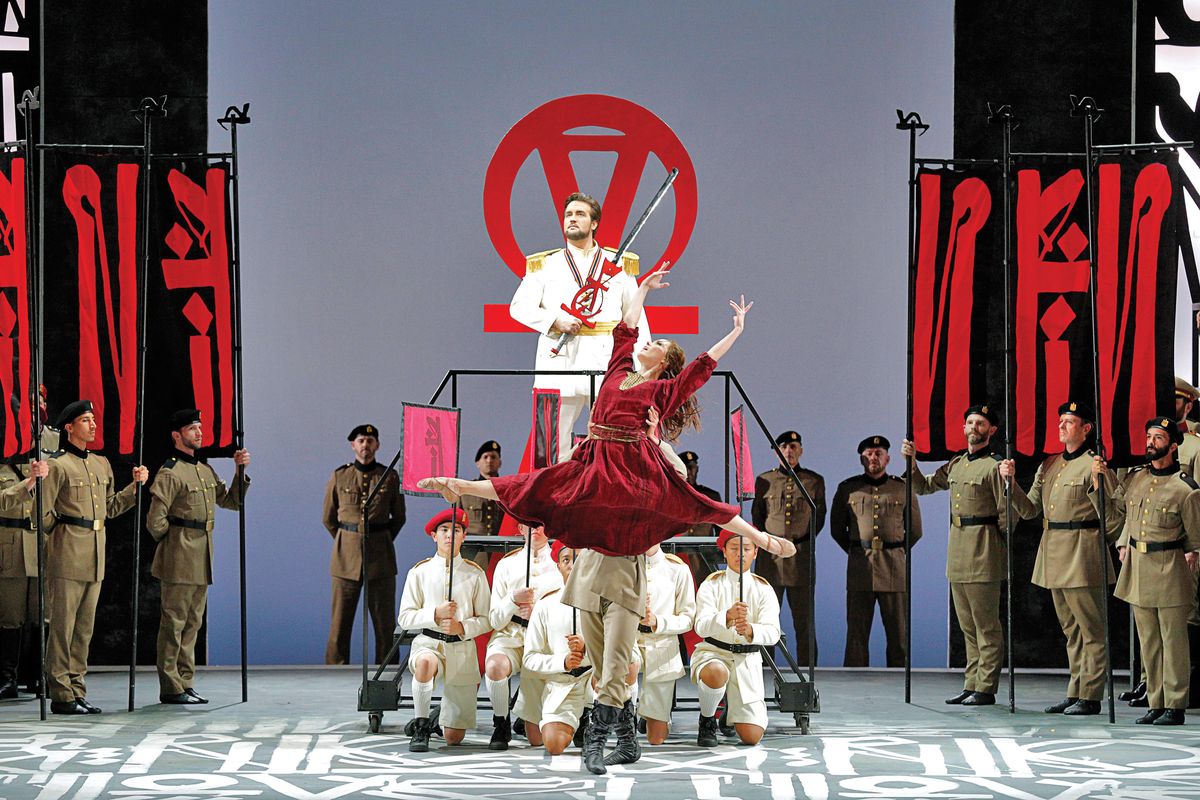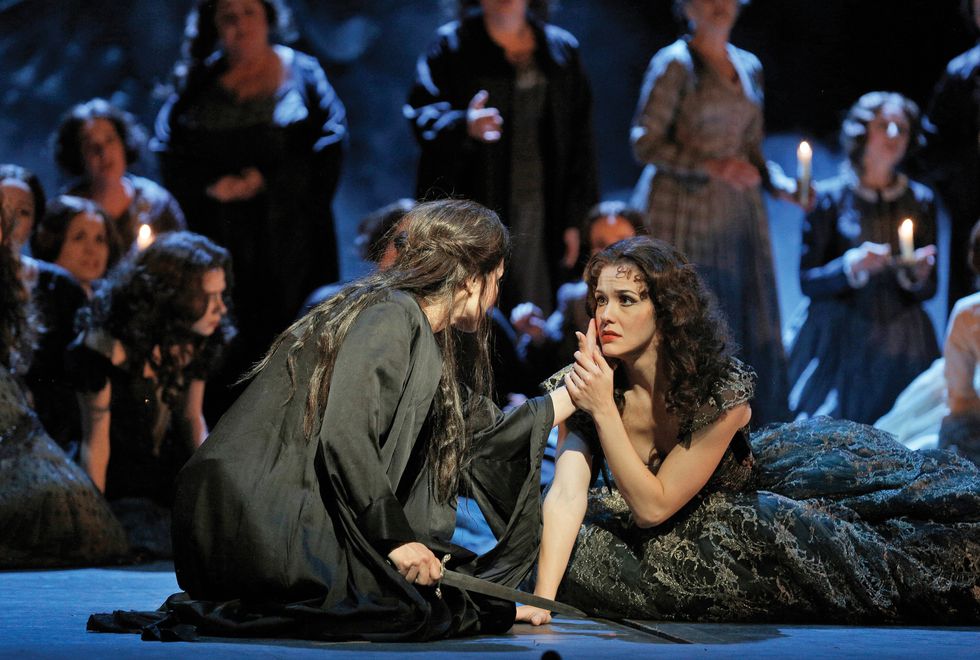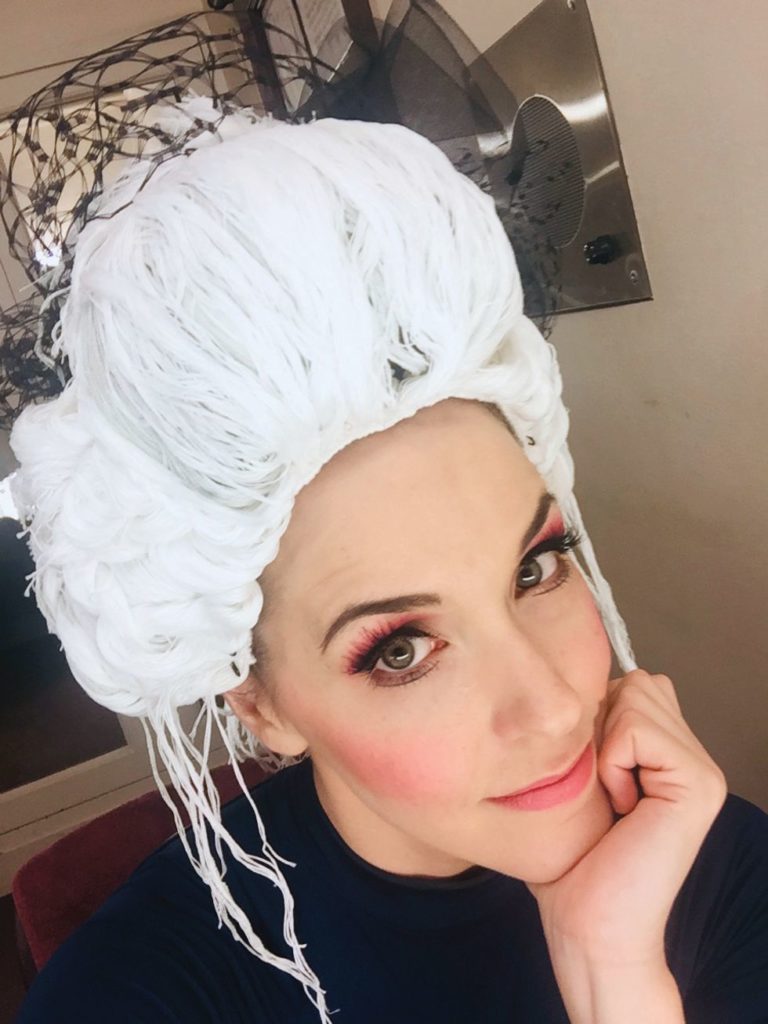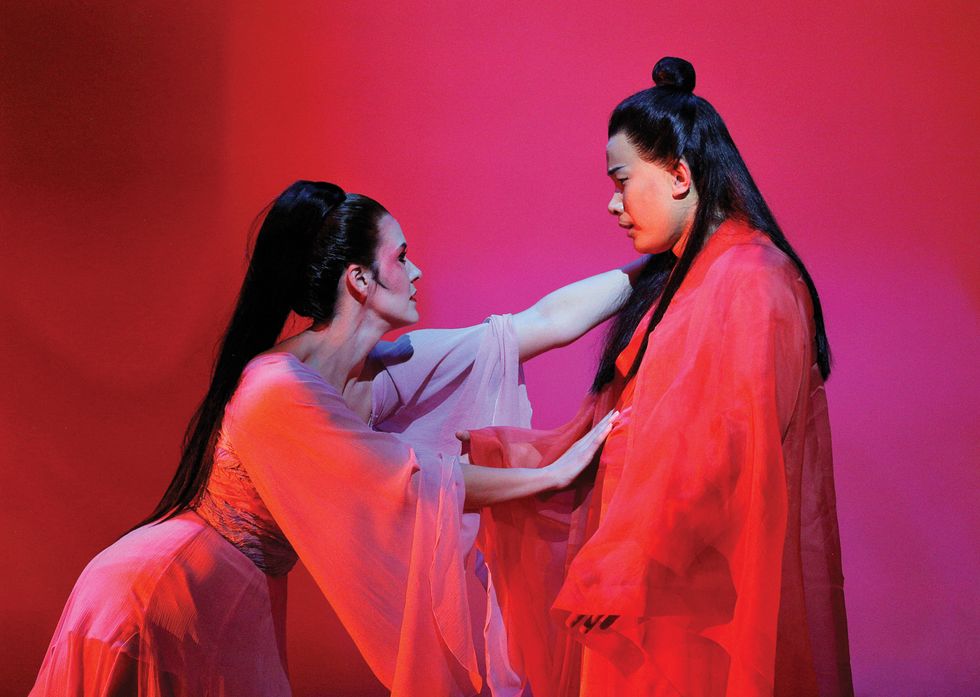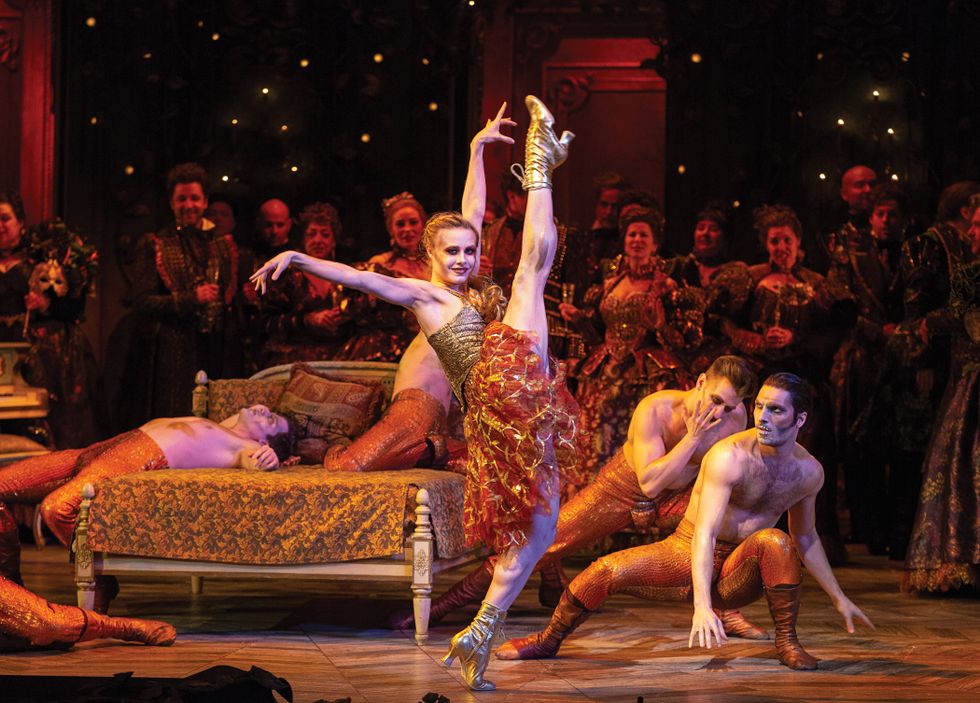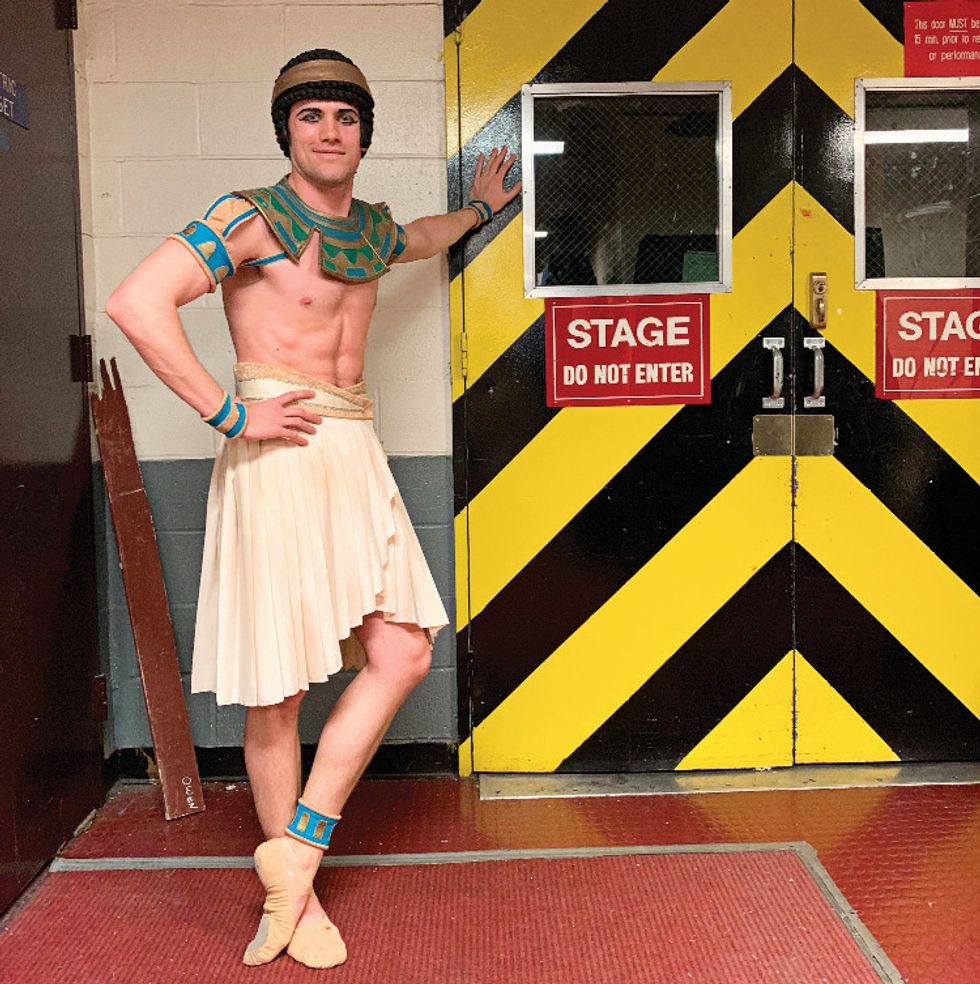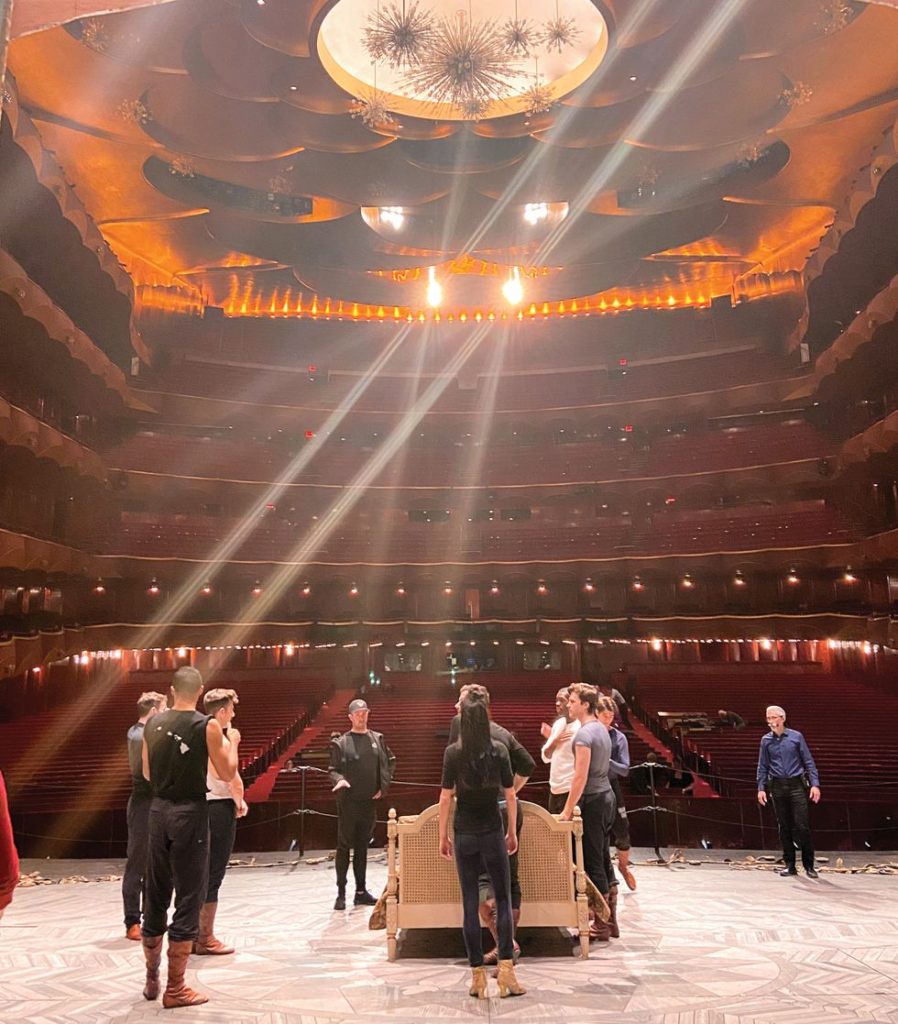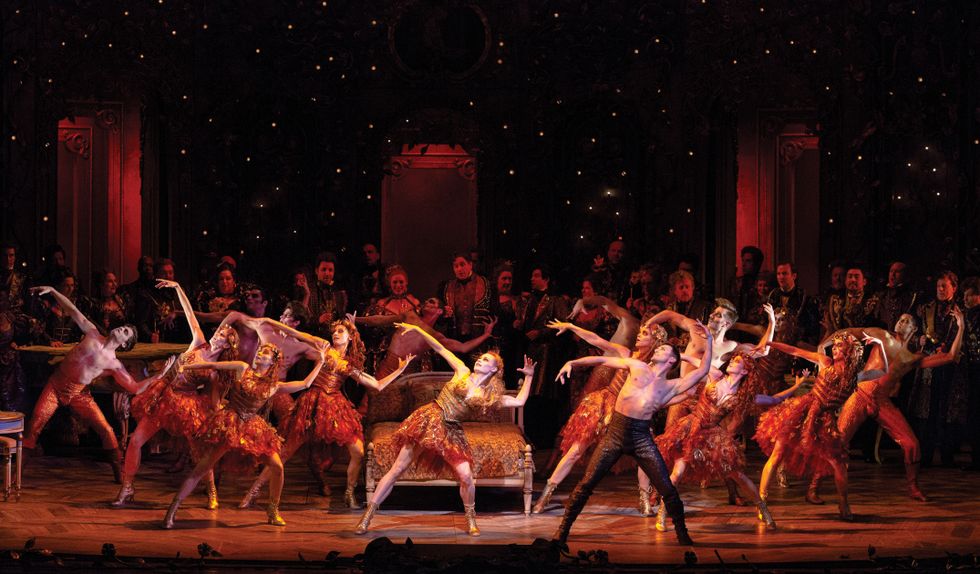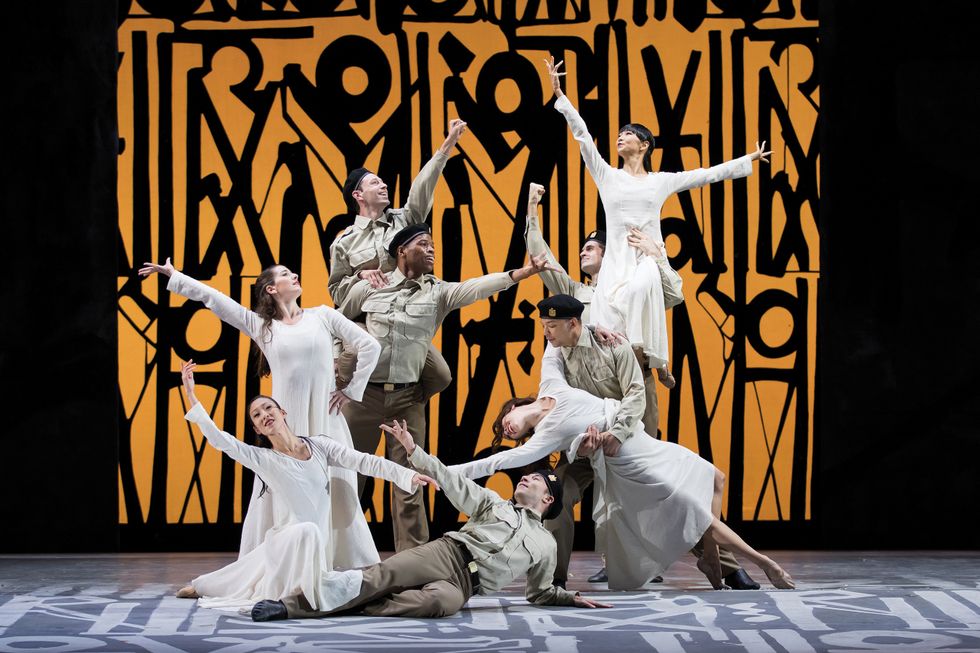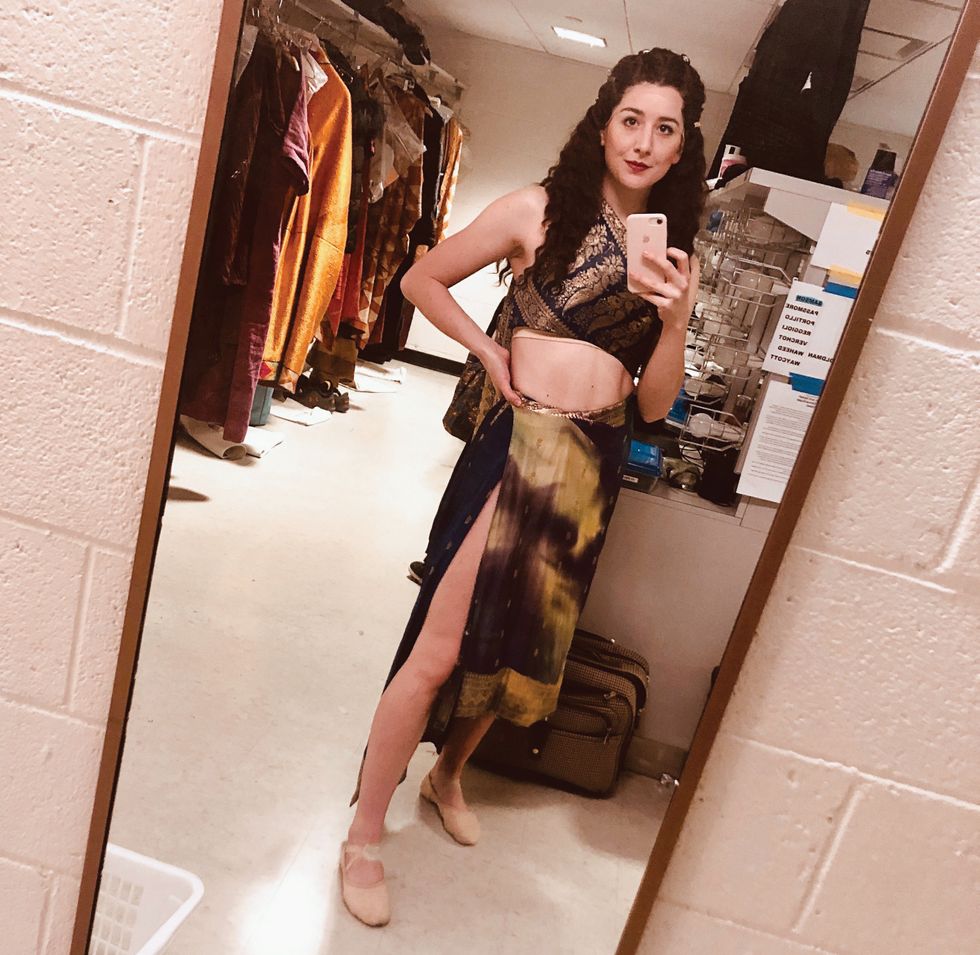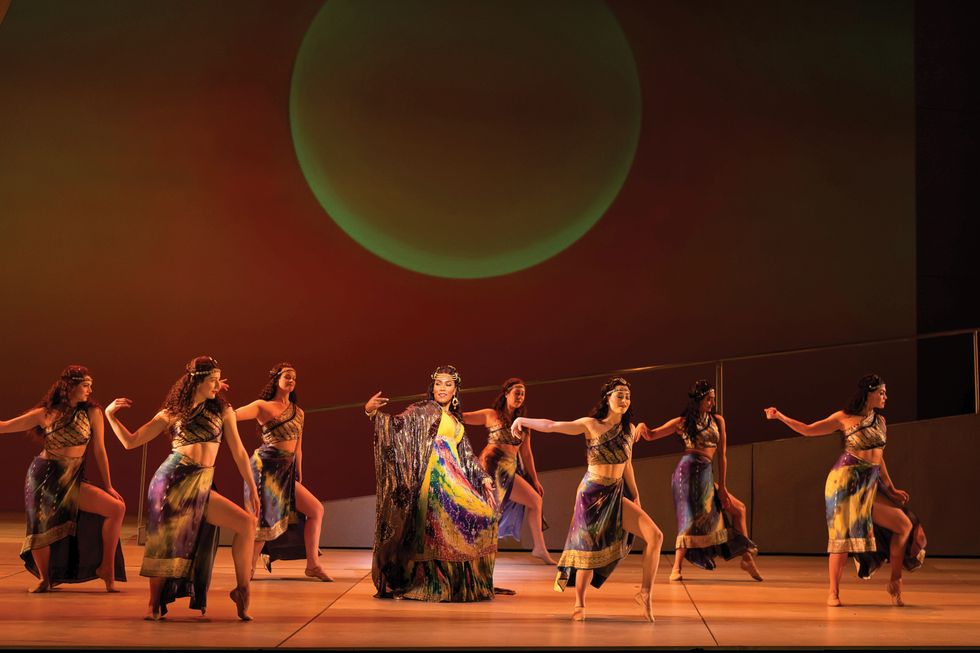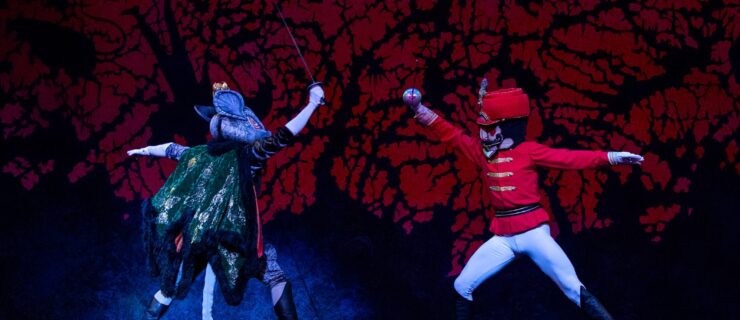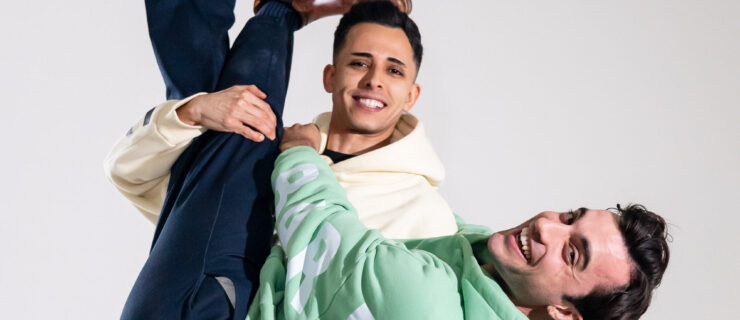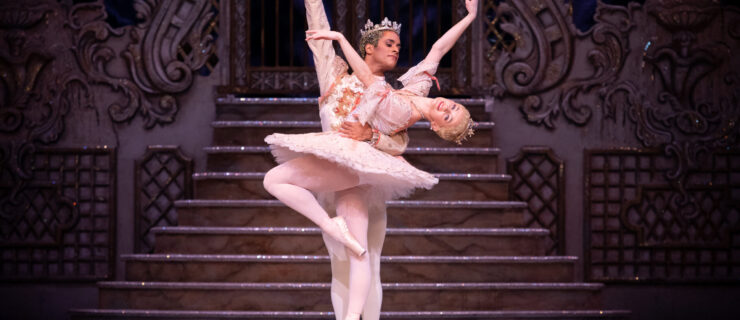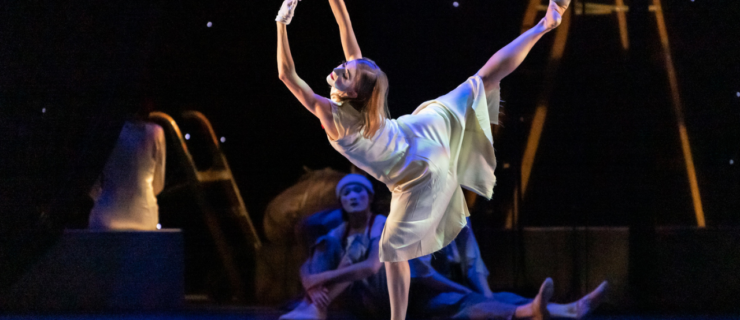Dancing Divas: How Performing in Operas Can Be a Career High Note
From the flamenco of Carmen to the sprites of Rusalka, dance plays a supporting role in countless operas—and opera can play a significant part in a ballet dancer’s career. Pointe went behind the curtain with three dancers whose artistic paths have led them to the opera world.
Rachel Speidel Little
Performing with the San Francisco Opera since 2012
Memorable productions:
Aida, Nixon in China, Rusalka, Les Troyens
Other gigs:
Oakland Ballet and freelancing with Amy Seiwert’s Imagery
Getting hired:
Little’s first audition with SFO didn’t result in a contract, but it put her on the company’s radar; a year later she earned a spot in Nixon in China when an injured dancer pulled out.
AGMA contract terms:
SFO boasts an in-house corps de ballet, and its eight tenured dancers are guaranteed 14 weeks of work and two productions. However, Little has danced as many as 26 weeks and six productions in one season. Managing that variability can be challenging, but SFO dancers pick up flexible side gigs, like freelance dancing, teaching and costuming. Tenured dancers also receive year-round health coverage, unemployment benefits and a pension.
A day in the life: Company class starts at 12:30 pm, and rehearsals run 2 pm to 8 pm. Closer to opening night, rehearsals shift to 4 pm to 10 pm. “The house runs on a specific clock,” Little explains, “and we keep on their schedule.”
Growth opportunities:
Opera’s variety, history and spectacular theatricality “takes you on your own personal journey,” she says. “You’re asked to be an actor, and to do so many types of movement. Show Boat had a musical-theater style, then in Rusalka I got to be a wood nymph, and in Carmen we dabbled in flamenco.”
Obstacle course:
Elaborate opera sets are not designed with dancers in mind. “You might be dancing on a ground cloth or painted wood, or on a raked platform,” says Little. “You don’t get a lot of time to get a feel for the set, like you would for concert dance, so you have to be more relaxed, like ‘Well, we’ll see what we get tonight!’
Jesse Campbell
Performing with the Metropolitan Opera since 2018
Memorable productions:
La Traviata
, with New York City Ballet star Sara Mearns and choreography by Lorin Latarro; Aida, with choreography by Alexei Ratmansky; and Mefistofele, with choreography by Alphonse Poulin
Other gigs:
Freelance concert dance in New York City, lighting designer and electrician for theatrical productions
Why opera:
“A lot of the music Balanchine used was from opera,” says Campbell, who danced with The Suzanne Farrell Ballet. “Chaconne came from Gluck’s Orfeo ed Euridice, Walpurgisnacht came from Gounod’s Faust. The scores were incredible to dance to in Balanchine’s choreography, and now to be in the world of opera in its full spectacle, with singers and an even bigger orchestra, is a phenomenal experience.”
Getting hired:
The Met holds open auditions and draws from an informal pool of frequently hired dancers that includes current and former members of Mark Morris Dance Group, American Ballet Theatre and Alvin Ailey American Dance Theater, and Broadway performers.
AGMA contract terms:
Hourly rehearsal pay, a base per-show fee and bonuses for extra responsibilities, like solo roles, dancing on elevated surfaces or moving heavy set pieces. Dancers are provided with company class four times per week at no cost for the entire season.
A day in the life:
Class starts around 10 am and rehearsals run until about 4 pm. The performance call for dancers is a half hour before their first entrance, which may or may not be in the first act. (Many operas intersperse brief dance sequences throughout a three- or four-hour run time; longer, featured sequences of choreography are less common.)
The juggle:
“The Met is an incredible machine,” Campbell says. Several operas run concurrently, so even if Campbell is cast in multiple shows, he may not perform on consecutive nights—or weeks. “Because of the freelance lifestyle of New York, it’s possible to work it all in.”
Why he loves it:
“In a ballet company the focus is on dance, but in opera it’s all about the live-music experience,” Campbell says. “At the same time, you really have a spotlight when you’re dancing,” such as when he partnered Mearns in La Traviata.
What it takes:
A sense of adventure. “If you’re going to cover another dancer, you won’t have a chance to rehearse,” he says. “I’ve had several instances where I’ve been thrown on last-minute, and it’s an incredible rush.”
Eve Jacobs
Performing with the Washington National Opera, 2017 and 2020
Memorable productions:
Samson and Delilah
at WNO; Stabat Mater, with Jessica Lang Dance
Other gigs:
Freelance concert dance and choreography. Jacobs was a member of Lang’s company from 2015 until its closure in 2019.
Getting hired:
The WNO doesn’t have a set dance troupe, but Jacobs had previously performed with them in Aida in 2017, when the opera used Jessica Lang Dance as its dance ensemble. She’d also performed in two other operas as part of JLD’s rep. When Jacobs went freelance last year, she auditioned for WNO’s Samson and Delilah, having enjoyed her prior opera experiences. “Every moment you’re onstage is an opportunity to push the plot forward,” says Jacobs. “It’s really fun to see how we can make the emotions clearer for the audience.”
AGMA contract terms:
For Samson, Jacobs earned an hourly rate for rehearsals and a flat fee per show. WNO provided a studio for company class, which Jacobs co-taught.
A day in the life:
To accommodate local dancers’ day jobs, Samson‘s dance rehearsals were held on evenings and weekends; Jacobs used her free days to guest-teach at Maryland Youth Ballet.
The juggle:
During the four-week rehearsal process, she sublet her New York City apartment and rented in Washington, DC. “I really wanted to work with the choreographer, Eric Sean Fogel, and I just decided to go for it,” she says. Opera performances are scheduled days or even weeks apart to allow singers ample vocal rest, so after Samson‘s premiere, Jacobs returned to New York to audition for future Broadway and concert dance opportunities, and commuted to DC on show days.
Why she loves it:
“Today, with social media, storytelling is really pared down. But in opera, we take our time to go through the story, even if we’re trying to connect it to a modern time.”
Expanding her artistry:
“Ballet teachers refer to ‘projecting to the third balcony.’ At the Kennedy Center, which has more than 2,300 seats, I give myself license with certain movements, because there are people in the back who won’t know what’s going on unless it’s extreme enough.”
